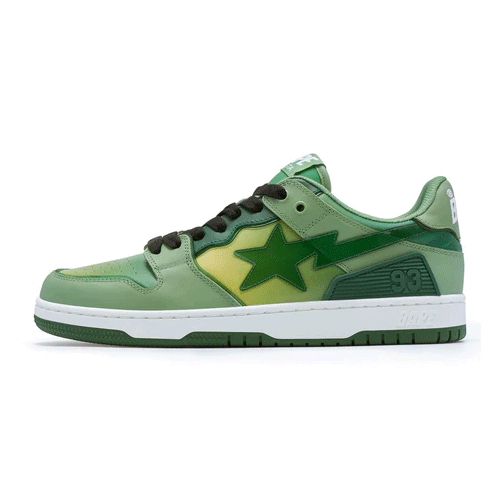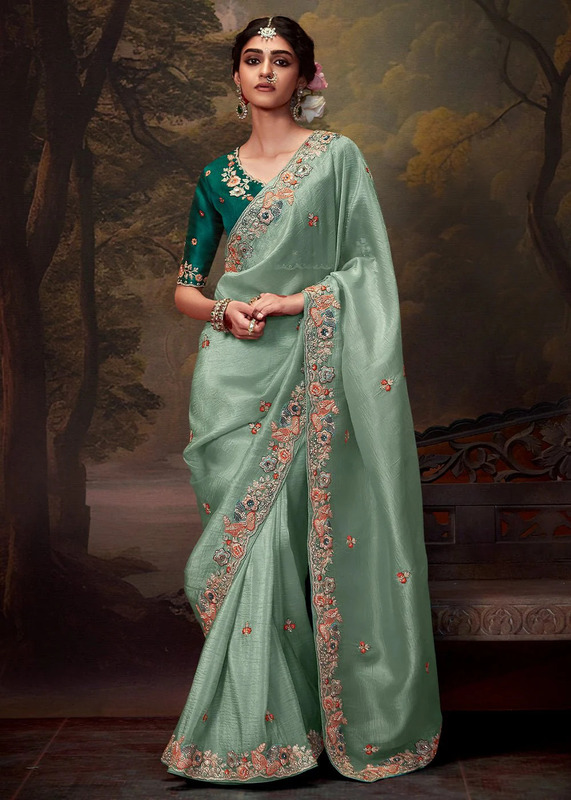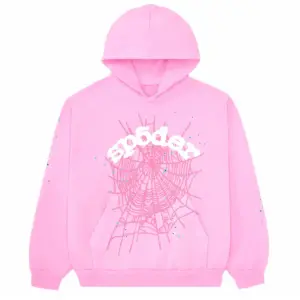In the world of sneakers, very few silhouettes have sparked as much conversation, admiration, and controversy as the Bapesta. Introduced by the legendary Japanese streetwear brand A Bathing Ape (BAPE), the Bapesta wasn’t just a sneaker—it was a statement. Its arrival signaled the rise of a new era in fashion, blending hip-hop, Japanese aesthetics, and sneaker culture into one bold form. Whether you’re a seasoned collector or a newcomer to the scene, understanding the story behind the Bapesta is essential to appreciating the evolution of urban fashion.
The Origins of Bapesta: Inspired by the Streets and the Stars
The Bapesta first hit the scene in the early 2000s, a brainchild of Nigo, the founder of BAPE. At the time, Nigo was making waves in the Tokyo fashion underground, drawing influence from American hip-hop and streetwear while crafting a distinct Japanese spin on it. BAPE had already gained notoriety for its bold camo patterns, shark hoodies, and ape motifs—but the Bapesta took things to another level.
From the moment it dropped, it was impossible not to notice the striking resemblance between the Bapesta and the Nike Air Force 1. The silhouette, paneling, and even the sole design closely mirrored the Air Force 1, but Nigo wasn’t trying to make a replica—he was making a remix. With patent leather uppers, outrageous color combinations, and a bold star-and-lightning bolt logo (instead of the Nike Swoosh), the Bapesta became a rebellious twist on an American classic.
Controversy Meets Creativity: The Legal Gray Zone
Of course, comparisons to Nike’s Air Force 1 weren’t just aesthetic. The sneaker world began to question whether BAPE had overstepped boundaries. For years, Nike didn’t take legal action, and many saw it as a sort of unspoken nod to the influence and innovation of BAPE in streetwear. The Bapesta walked a fine line between homage and infringement—but in doing so, it sparked a wave of creativity in the sneaker industry.
This period helped define a cultural moment when streetwear began to challenge traditional fashion norms. The Bapesta became a symbol of that challenge—loud, unapologetic, and deeply rooted in subculture. It was the sneaker that told the world Japan wasn’t just following sneaker trends; it was setting them.
Cultural Explosion: When Hip-Hop Met Harajuku
The Bapesta’s influence exploded when it crossed international waters, thanks in large part to American hip-hop artists. Pharrell Williams, Kanye West, and Lil Wayne were among the early adopters of the Bapesta, often seen rocking the sneakers during public appearances, music videos, and red carpet events.
Nigo’s close relationship with Pharrell, particularly through their co-founded brand Billionaire Boys Club, helped cement the sneaker’s status among tastemakers. Suddenly, a sneaker that was once limited to Harajuku became a global fashion icon.
The Bapesta’s flashy patent leather finishes and vibrant colors resonated with the flashy aesthetic of early-2000s hip-hop. It wasn’t just footwear; it was a fashion statement, a luxury item, and a badge of cultural awareness.
Design Evolution: From Classic to Custom
Over the years, the Bapesta has evolved in both design and execution. While early iterations focused on bold colors and patent leather, newer versions have incorporated a wider range of materials—like suede, canvas, and reflective detailing. BAPE has also experimented with low-top and high-top versions, giving sneakerheads more variety and flexibility.
Limited-edition releases and collaborations have played a key role in maintaining the Bapesta’s hype. From crossovers with Marvel and Coca-Cola to artist collabs with Kid Cudi and Soulja Boy, the sneaker continues to reinvent itself without losing its identity.
Unlike some sneakers that fade after a few years of hype, the Bapesta has maintained longevity by evolving with the culture. Its ability to shift styles while staying true to its core design has kept it relevant across multiple generations of sneaker lovers.
Modern-Day Relevance: Is Bapesta Still in Style?
With the resurgence of Y2K fashion and early-2000s nostalgia, the Bapesta has seen a major comeback. Today’s generation of sneakerheads, many of whom grew up watching their idols wear Bapestas, are now collecting and styling them in new ways.
What makes the Bapesta especially intriguing today is how it balances retro vibes with modern trends. While the sneaker still carries its bold identity, newer versions often come with sleeker finishes and more muted palettes to appeal to today’s minimalist aesthetics. Yet, the OG colorways—bright reds, neons, and camo patterns—still hold a special place for collectors.
Additionally, BAPE has expanded its global reach, opening flagship stores in cities like New York, London, and Los Angeles. This has helped reintroduce the Bapesta to a broader audience, blending streetwear heritage with current fashion narratives.
Why the Bapesta Still Matters
The Bapesta is more than just a sneaker; it’s a cultural artifact. It represents a time when streetwear broke into the mainstream, when music and fashion collided in unpredictable ways, and when a Japanese brand could shake the foundations of global sneaker culture.
Unlike many trend-based sneakers that come and go, the Bapesta’s legacy endures because of its authenticity. It’s backed by a rich history, an iconic design, and a cultural footprint that spans continents. For fashion enthusiasts and sneakerheads alike, owning a pair of Bapestas is like owning a piece of streetwear history.
Styling the Bapesta: Fashion Tips for Today
One of the best things about the Bapesta is its versatility. Despite its bold look, it can be styled in numerous ways. For a classic streetwear vibe, pair it with baggy jeans, graphic tees, and a BAPE hoodie. If you want to elevate your fit, combine Bapestas with tailored cargo pants and a minimalist top to contrast the sneaker’s flair.
Color coordination is key. Since many Bapestas feature bold tones, it helps to keep the rest of the outfit neutral or within the same color palette. For collectors who own multiple pairs, rotating them based on season or event can keep your wardrobe fresh and dynamic.
The Future of Bapesta
As BAPE continues to innovate and collaborate, the Bapesta is poised to remain a key player in the world of fashion and sneakers. With sustainability becoming a growing focus in the fashion industry, it wouldn’t be surprising to see future Bapestas made with eco-friendly materials or produced in limited, responsibly sourced runs.
More collaborations are undoubtedly on the horizon, and with BAPE’s reputation for unpredictability and creativity, fans can expect exciting drops that blend legacy with innovation.



